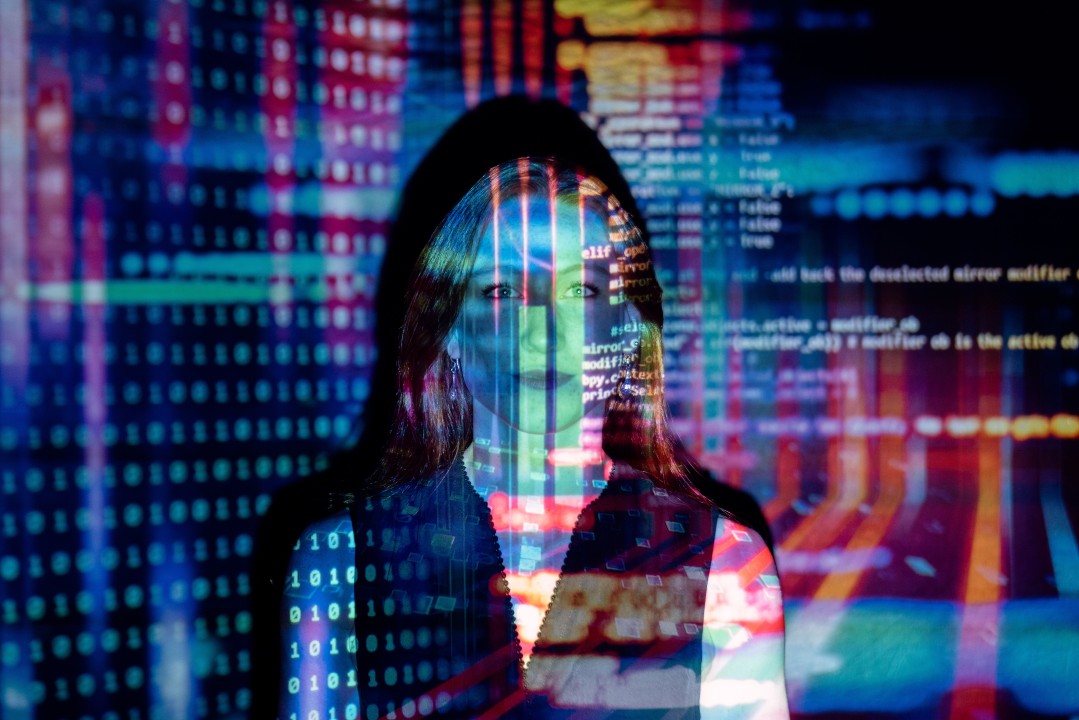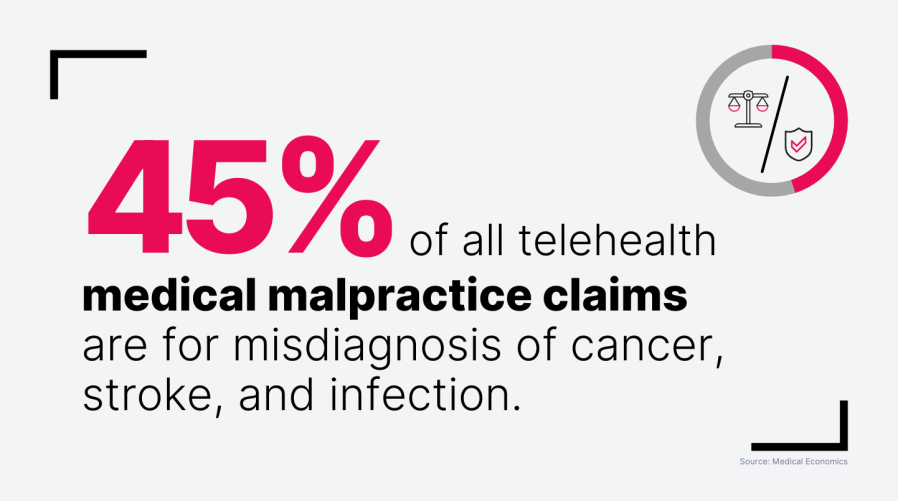Deepfakes Dilemma: Unraveling the Legal Web of Implications
Deepfakes, powered by advanced artificial intelligence, have opened new frontiers in the realm of media manipulation. While these technologies offer innovative possibilities, their misuse raises profound legal concerns. This article delves into the legal implications surrounding deepfakes, exploring the challenges faced by lawmakers and the evolving landscape of addressing this intricate issue.
Defining Deepfakes and Their Pervasiveness
Deepfakes are synthetic media generated through deep learning algorithms, enabling the creation of hyper-realistic videos and audio recordings. As the technology evolves, deepfakes have become more convincing and widespread, amplifying concerns about their potential misuse for malicious purposes, including misinformation, identity theft, and defamation.
Intellectual Property and Deepfake Misuse
One of the primary legal concerns surrounding deepfakes is their impact on intellectual property rights. Deepfake creators often use existing images and videos without consent, infringing on the copyrights of individuals or entities. This raises questions about the responsibility of deepfake creators and the legal recourse available to those whose likeness or content is unlawfully used.
Defamation and Damage to Reputation
Deepfakes have the potential to cause significant harm to an individual’s reputation. By manipulating videos or audio recordings to depict false scenarios or statements, malicious actors can tarnish the reputation of public figures, celebrities, or ordinary individuals. The legal landscape for addressing defamation through deepfakes is complex, requiring a nuanced approach to balance free speech and the protection of reputations.
Privacy Concerns and Consent Issues
Privacy is a central theme in the legal discussions surrounding deepfakes. The unauthorized use of someone’s likeness raises profound privacy concerns, especially when individuals are portrayed in compromising or false situations. Legal frameworks must grapple with the challenges of obtaining consent and protecting individuals from the potential harms associated with non-consensual deepfake creation.
Criminal Uses and Implications
Beyond privacy and defamation, deepfakes have been exploited for criminal purposes, including fraud, extortion, and manipulation of financial markets. The legal system faces the challenge of adapting to these emerging threats, defining appropriate penalties for criminal use of deepfake technology, and establishing mechanisms for effective law enforcement.
Challenges in Attribution and Detection
The anonymous nature of deepfake creation presents challenges in attributing responsibility to individuals or entities behind malicious content. Additionally, the rapid evolution of deepfake technology makes detection and prevention a continual challenge. Legal frameworks must address the difficulties in identifying perpetrators and implementing effective measures to curb the spread of harmful deepfakes.
Legal Responses and Legislative Initiatives
Governments and legal authorities worldwide are actively exploring ways to address the legal implications of deepfakes. Legislative initiatives aim to establish clearer guidelines for combating deepfake misuse, including criminalizing certain activities, enhancing intellectual property protections, and providing avenues for legal recourse for those affected by malicious deepfake content.
Global Coordination and Cross-Border Challenges
Given the borderless nature of the internet, deepfake-related challenges require global coordination. Harmonizing legal responses and fostering international cooperation are crucial for effectively addressing the cross-border impact of deepfake technologies. Collaborative efforts can enhance information-sharing, improve detection capabilities, and facilitate the extradition of individuals involved in malicious deepfake activities.
Technology’s Role in Mitigation and Forensics
While legal frameworks play a pivotal role, technology itself is becoming instrumental in mitigating the impact of deepfakes. Advanced forensic tools and deepfake detection algorithms are being developed to identify manipulated content and authenticate the veracity of media. Legal systems must adapt to leverage these technological advancements in their efforts to combat deepfake misuse.
Educating the Public and Raising Awareness
An essential component of addressing the legal implications of deepfakes is educating the public about the existence and potential dangers of this technology. Raising awareness about the prevalence of deepfakes, their legal consequences, and ways to verify media authenticity empowers individuals to be vigilant consumers of information and contributes to a more resilient society.
In conclusion, the legal implications of deepfakes represent a multifaceted challenge that requires a comprehensive and adaptive approach. As technology evolves, legal frameworks must keep pace, addressing issues related to intellectual property, defamation, privacy, and criminal uses. To explore more about the legal implications of deepfakes and stay informed on legislative developments, visit Legal implications of deepfakes.





